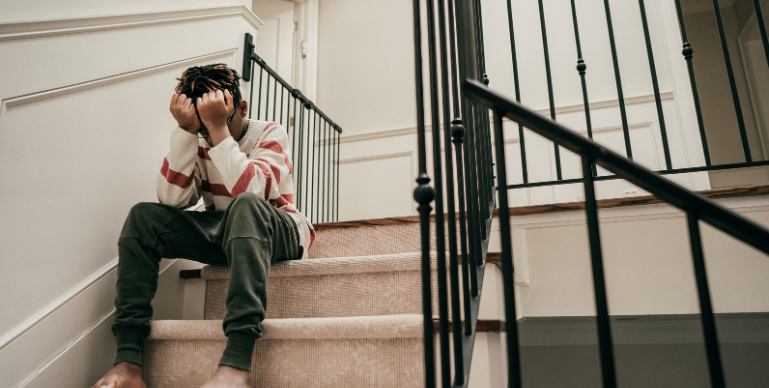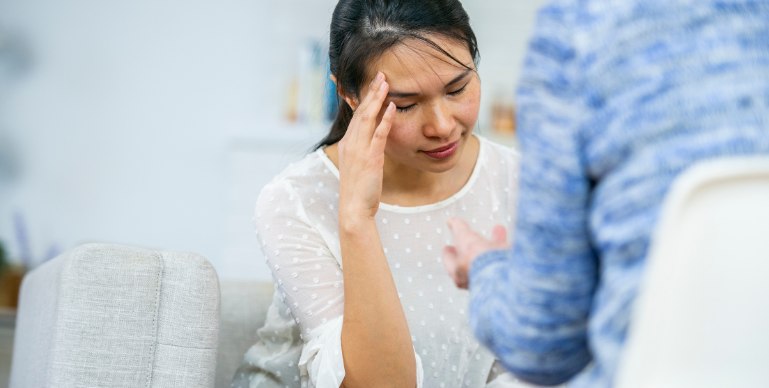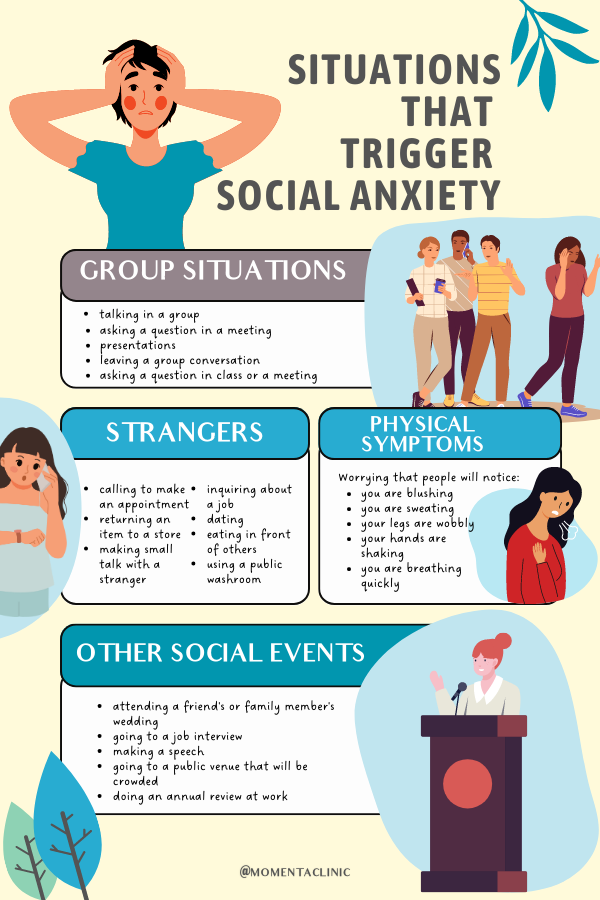Blog






Social anxiety (or social phobia as it is also known) can be an overwhelming sense of nervous or panic when in situations where you feel you will be judged or criticized by others. Estimates suggest that up to 15% of the population will meet criteria for social anxiety disorder (SAD) sometime in their lives (Kessler et al., 2005; Ohayon & Schatzburg, 2010). Since this type of anxiety comes up in situations involving strangers, coworkers, classmates, teachers, professors, friends and people in general, it can get in the way of many important goals and realms in one’s life.
Here we discuss the typical situations that trigger SAD, but it is also important to note that what is usually at the core of social anxiety is a person’s negative view about themselves.
People with social anxiety are more likely to be self-critical (Iancu, Bodner & Benzion, 2015) and post-secondary students scoring higher on social anxiety have also been found to endorse low self-esteem (Murad, 2020; He, 2022). It’s important to acknowledge that SAD isn’t just above negative self-view, it involves other things like catastrophic thoughts, vividly imagining negative social outcomes and avoidance (which should be reviewed in treating social anxiety), but it is an important component.

Usually this negative view is created in childhood, adolescence or during one’s impressionable life events. Therefore, one’s negative self-image is often longstanding, chronic and feeds the negative thoughts one has when interacting with others.

In psychology, what we call “comorbidity” or having two or more disorders occurring at the same time, is quite high with SAD. Estimates suggest that 90% of individuals with SAD have at least one other disorder that they struggle with (Koyuncu et al., 2019). Oftentimes, depression or substance abuse disorder (including alcohol abuse) frequently co-occurs with social anxiety. When we understand that a negative self-image underlies social anxiety, it is not hard to see why difficulties such as depression and substance abuse also arise.
Unfortunately, when you have co-occurring disorders, it can increase the chance that these difficulties are not properly identified when you attend treatment. That is why being seen for an assessment during your first appointment can be particularly crucial in your treatment planning with social anxiety.

While some with SAD may experience it later in life, typically coinciding with some negative social or life stressors, it typically arises for many during one’s teenage years. As one becomes a teenager, there are many firsts happening along with many biological, social and psychological changes that can increase one’s chance of negative social experiences (e.g., bullying, negative body image, embarrassment) that can solidify the negative self image that propels social anxiety.

Having a negative self-view can result in doubting one’s thoughts, feelings and behaviours, so expressing these innermost experiences to a therapist can make it even more overwhelming and scary. Worrying about how you are seen by others makes attending a therapy session a huge source of stress. However, if you find a therapist who is trained in treating individuals with SAD (and comorbid difficulties) they are more likely to be aware of how difficult even showing up is for you. Finding the right therapist who is able to support you in this process is really important.
Granted, you won’t feel comfortable with a therapist right away, but over time, therapy should feel like a space where you can feel supported, safe and not judged. A trained therapist who knows to check in on how the therapy process is (not just the content) can make a world of difference to someone with social anxiety.

Other than negative self-view, social situations of various kinds are behavioural/situational triggers that increase anxiety both before, during and even after they occur. One often imagines themselves making mistakes, acting awkwardly or having physical symptoms of SAD (e.g., sweating, blushing or shaking) visible to others during these events. We’ve grouped these types of situations into themes below:

joining a group chat over text
joining a group chat in person
asking a question in a meeting
asking a question in class
calling to make an appointment
asking a question from a store cashier
using a public washroom when others are present
fearing that others will notice your shortness of breath
scared others will notice you sweating
avoiding tasks where others can see your hands shaking
public speaking
going to a crowded public venue
being the center of attention
The Momenta Clinic for Psychological Wellness provides therapy in Toronto and virtual services for adolescents and adults in Ontario who are experiencing low self-esteem, depression, anxiety or have a tendency to be self-critical. Are you looking for a Brampton psychologist or therapist in Toronto? We have talented and compassionate clinicians ready to help you on your journey in Toronto, Brampton and have onlWe have a diverse team and we tailor our approach to fit the unique needs of every patient we serve. If you’re looking to find social anxiety treatment nearby, get in touch with us to book a session!
References:
Iancu, I., Bodner, E. & Ben-zion, I. Z. (2015). Self-esteem, dependency, self-efficacy and self-criticism in social anxiety disorder. Journal of Comprehensive Psychiatry, 58:165-71.
Kessler, R. C., Berglund, P., Demler. O, et al. (2005). Lifetime prevalence and age-of-onset distributions of DSM-IV disorders in the National Comorbidity Survey Replication. Archives of General Psychiatry, 62:593–768.
Koyuncu, A., Ince, E., Ertekin, E. & Tukel, R. (2019). Comorbidity in social anxiety disorder: diagnostic and therapeutic challenges. Drugs in Context, v8.
Murad, O. S. (2020). Social Anxiety in Relation to Self-Esteem among University Students in Jordan. International Education Studies, 13(2):96-103.
Ohayon, M. M. & Schatzberg, A. F. (2010). Social phobia and depression: prevalence and comorbidity. Journal of Psychosomatic Research, 68:235–243.
Xiaxong, H. (2022). Relationship between self-esteem, interpersonal trust and social anxiety of college students. Occupational Therapy International, v2022.